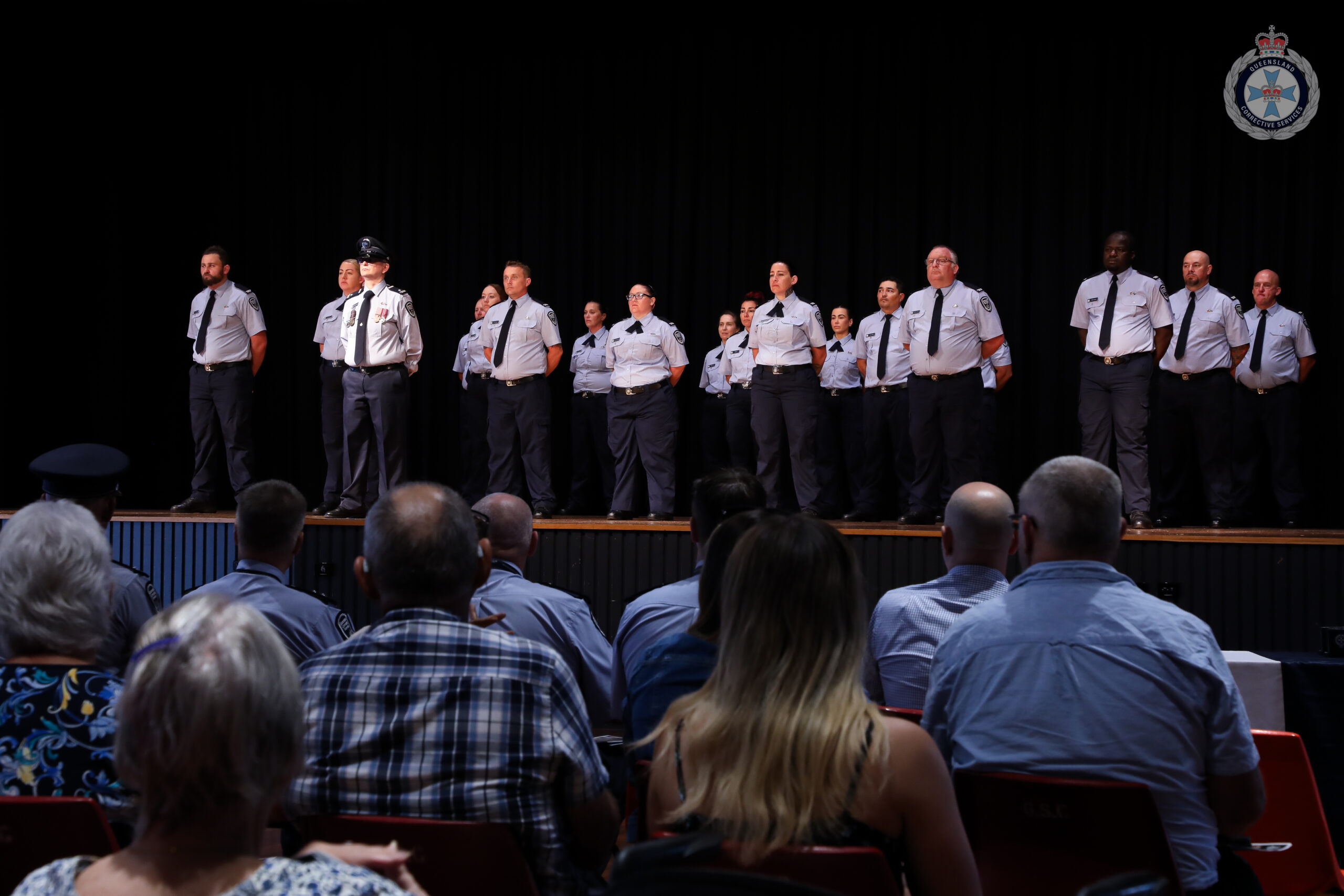Meat & Livestock Australia’s (MLA) investment in solution-focused research and development (R&D) into pasture dieback is continuing, with six new projects set to address the destructive pasture condition.
Pasture dieback causes death of grass pastures across a range of sown and native species, and is not limited by landscape or soil type. It is prevalent across northern, central and south-east Queensland and was also confirmed on the north coast of New South Wales in March this year.
The new projects focus on three key pasture dieback research areas – detection and monitoring; managed interventions and solutions; and stakeholder engagement.
Projects were reviewed by an independent Pasture Dieback Science Committee and Industry Advisory Group and will be undertaken by research partners including Queensland Department of Agriculture and Fisheries (DAF), Applied Horticulture Research, The University of Queensland (UQ) and Queensland University of Technology (QUT).
The six new projects and their key aims are:
- DAF – Grazier engagement to increase knowledge, skills and ability to combat pasture dieback. The project will facilitate the formation of a red meat producer group in central Queensland to build knowledge and skills to implement changes on-farm to better manage pasture dieback impacts.
- DAF – Comprehensive diagnostic analysis of pasture affected dieback. This project will explore and better understand other possible factors causing pasture dieback outbreaks.
- Applied Horticulture Research – Management options and species evaluation to increase productivity in dieback affected pastures. This project will reassess MLA-funded field trials after two years to quantify any longer-term benefits, and evaluate pasture species and/or varieties with reported tolerance to pasture dieback which producers could use to replant dieback-affected pastures.
- UQ – Determining the role of ground pearls. The project will determine if the presence of ground pearls is consistent across dieback sites and understand what role they may have in causing dieback.
- QUT – Spatio-temporal prediction of pasture dieback using UAVs and remote sensing. This proof of concept project will integrate remotely sensed imagery from unmanned aerial vehicles (UAVs) and satellite-based platforms to identify spectral signatures of dieback for cost effective identification, mapping and monitoring over time and at scale using satellite-based systems.
- QUT – Rapid diagnosis of pasture dieback using SIFT-MS. This project will test the proof of concept of the rapid analysis of Volatile Organic Compounds (VOC) and chemical markers detected by Mass Spectrometry (MS) for the rapid identification of pasture dieback in both laboratory-induced dieback (using mealybugs) and on field samples using a portable device for gas collection.
In addition, MLA and NSW DPI are continuing to develop and explore opportunities to support NSW producers in identifying pasture dieback.
MLA Group Manager – Productivity & Animal Wellbeing, Dr David Beatty, said the red meat and livestock industry is working in close collaboration to ensure ongoing investment in pasture dieback research is effective, well-coordinated and clearly communicated.
“Researchers undertaking the new projects will work together across sites and collaborate where work overlaps and interlinks, and MLA’s role will be to facilitate this. Protocols will also be matched across projects for consistent results,” Dr Beatty said.
“There remains a compelling case that mealybug is the major cause of pasture dieback – with current evidence suggesting mealybug, which is commonly found in affected pastures, is causing a breakdown of plant defences, making them susceptible to a complex of pathogens causing death.
“Therefore, a central component to investment in pasture dieback to date has centred around understanding mealybug as the leading cause of dieback and this work will continue.
“However, our understanding is that there are other secondary factors which contribute to episodic outbreaks of dieback. Some of the new projects are focused on understanding these possible secondary factors so that we can better tailor solutions and develop more resilient management systems for red meat producers, while research into mealybug continues.”
These new projects will be funded through a combination of a $2.7 million grant from the federal Department of Agriculture, Water and the Environment and matching funding from MLA through producer levy investment.
Producers can access a range of resources, including tips for managing pasture dieback and links to recorded webinars, on the MLA’s Pasture Dieback hub.
While pasture dieback R&D is ongoing, producers in affected regions are being encouraged to undertake good farm hygiene and biosecurity practices around the movement of stock, equipment and materials.
Producers who are concerned they have pasture dieback on their property should contact the QDAF customer call centre on 132 523, or in NSW, the Exotic Plant Pest hotline on 1800







